Reindeer are such icons of Christmas that today they pull sleighs through shopping malls. But these beautiful animals were one of the earliest animals to be domesticated, and the relationship between people and reindeer goes back thousands of years.
Can you tame reindeer?
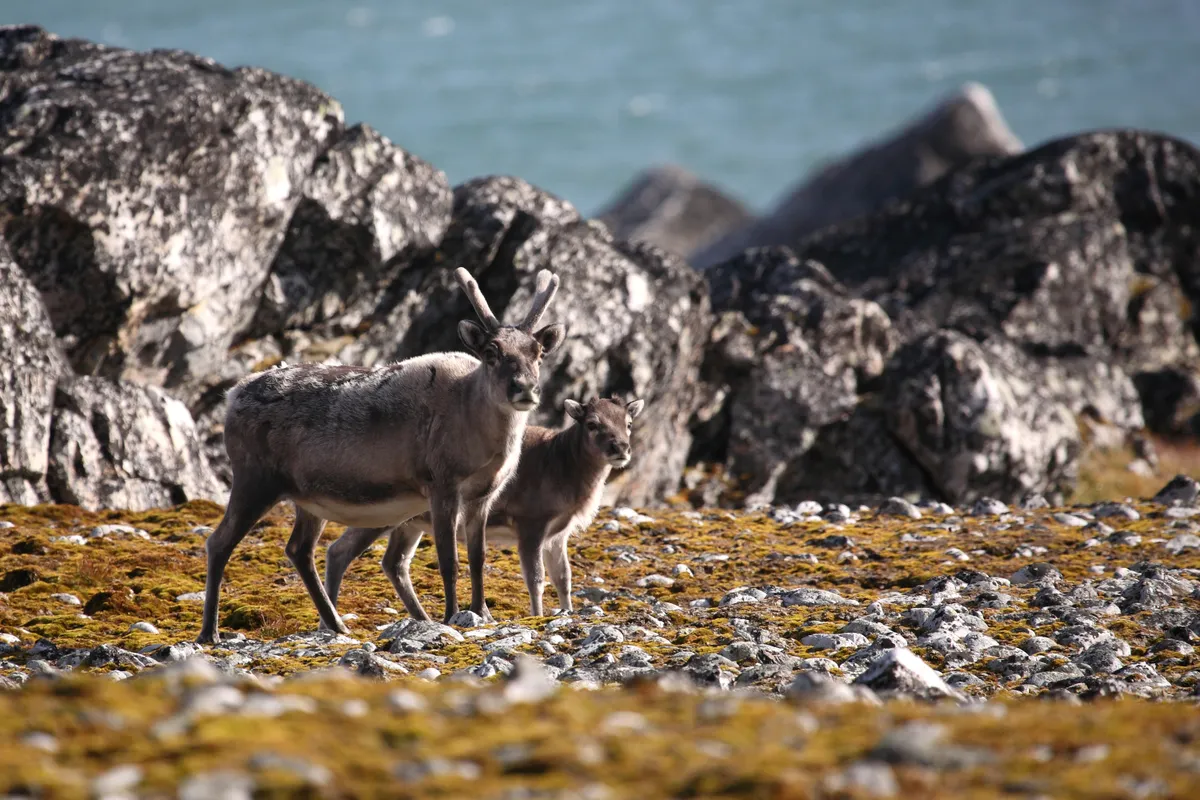
Yes, in fact reindeer were one of the earliest animals to be domesticated, possibly around 8,000 years ago. But unlike other large domesticated animals like cattle and horses, the wild ancestor of reindeer has survived. In Europe and Russia, reindeer have been domesticated in many areas, but continue to roam freely (followed by their nomadic herders) alongside wild herds.
The long association between people and reindeer is depicted in cave paintings in southern Europe, and rock carvings in parts of northern Europe and across the steppes of Siberia and Mongolia.
The Saami people of northern Europe and western Russia are the best-known reindeer herders, but the same lifestyle is widespread and still followed by tribes across to China and Mongolia.
Reindeer are used for their meat, hides and milk, and their antlers for carving.
Do reindeer live in the UK?
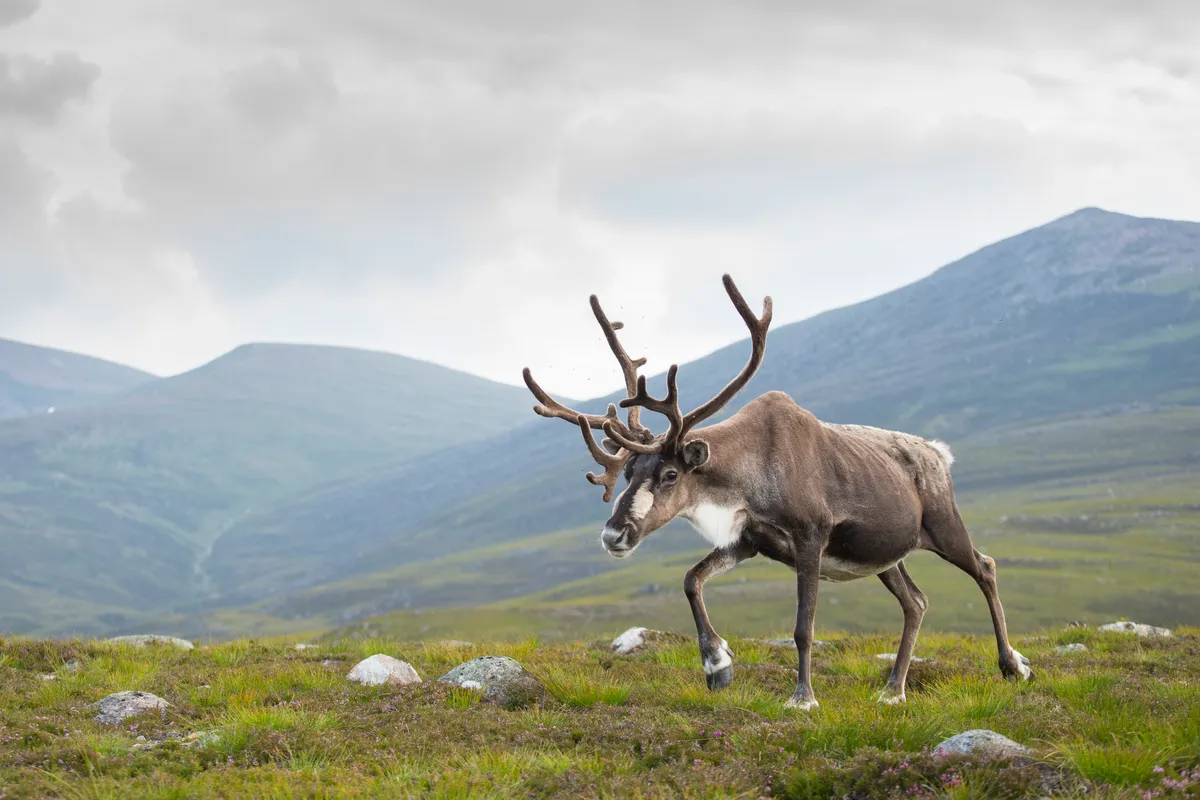
Reindeer don't exist wild in the British Isles any more, but there is archaeological evidence that they once did. The last reliable record of reindeer in Britain was 8,300 years ago; until then, their bones featured frequently in food middens, which an archaeological term for a dump of domestic waste.
Reindeer probably disappeared from Britain as a result of climate change, though hunting pressure may have been a contributing factor.
However, reindeer have been reintroduced to Scotland by Mikel Utsi, a Laplander from Sweden. In 1947, he visited the Rothiemurchus Forest area in the Cairngorms, which reminded him of reindeer pastures in Lapland. He introduced a herd of 29 Swedish reindeer in the early 1950s.
Despite problems with the climate (insects were a problem in the early days), the herd has thrived, though mortality rates are high due to dog-worrying and eating discarded litter.
Today, the Cairngorm Reindeer Herd roams free, and is maintained at 130 to 150 animals split between the Cairngorms and the Cromdale Hills. Calves are born in May and June, and the rut is in October, when bulls can be dangerous.
What's the difference between reindeer and caribou?
Reindeer and caribou are the same animal: caribou is the North American term for them, and reindeer is the Eurasian term. However, caribou remain wild and untamed.
What do reindeer eat?
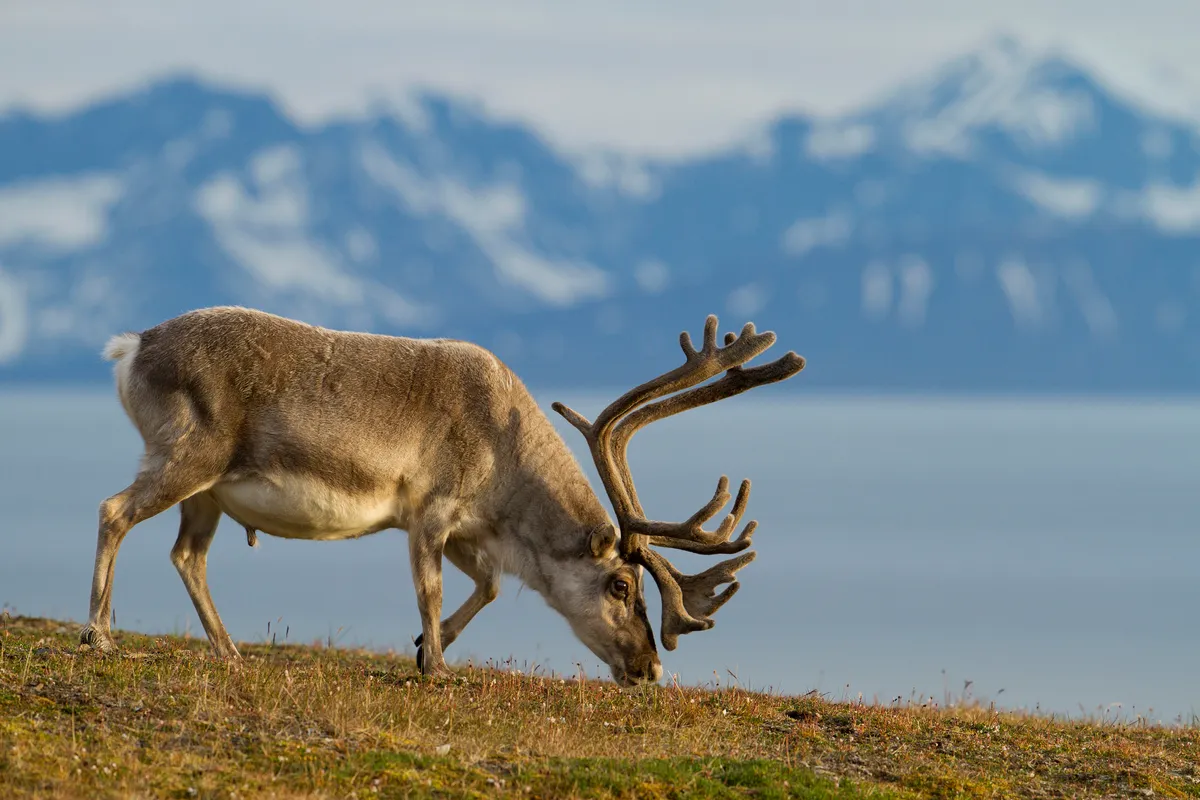
Reindeer eat mainly lichen in winter, woody plants, grasses, sedges and rushes in summer, and fungi in autumn.
Lichens are slow-growing, so the herds cover long distances to avoid depleting resources. While North American caribou tend to follow set routes, Eurasian reindeer movements are generally less structured, though wild reindeer in Russia’s Taimir Peninsula move up to 1,000km in each direction.
Do all reindeer have antlers?
Reindeer are unique among deer in that both males and females carry antlers, which start growing within a few weeks of birth. Both sexes grow a new set each year and those of the males are larger.
Bulls cast their antlers in November or December, after the rut, whereas cows and juveniles keep their antlers through the winter. This enables them to compete with the bulls for sparse food resources.
How do reindeer survive the cold?
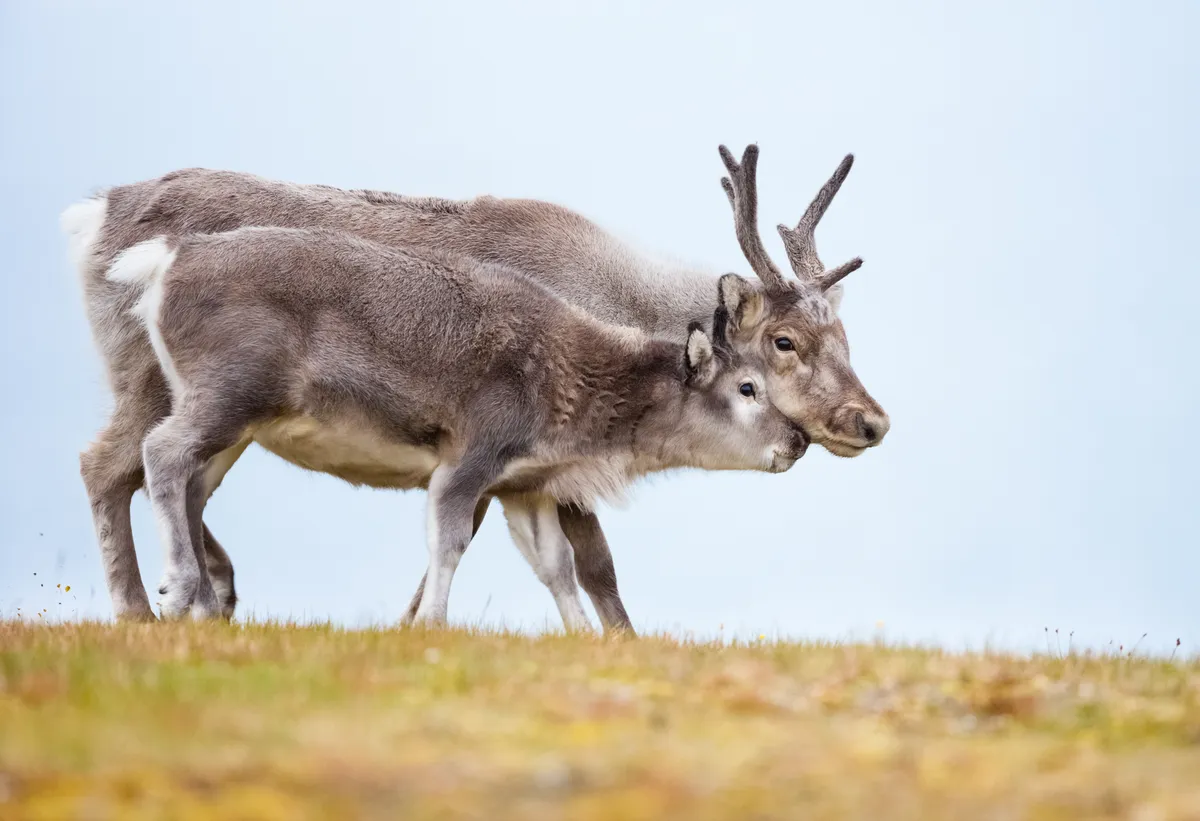
Reindeer demonstrate many adaptations to a cold climate: short legs, ears and tail; a hairy muzzle to reduce heat loss; and very broad, flat hooves to help them walk on snow in winter and on boggy ground in summer.
Their dense winter coats are used by herders to make winter clothes and moccasins, which are padded with grass for warmth.
To enable their young to thrive in a relatively harsh environment, reindeer produce very rich milk, over a fifth of which is fat (compared with just 3.5 per cent fat in human milk).
Why are reindeer associated with Christmas?
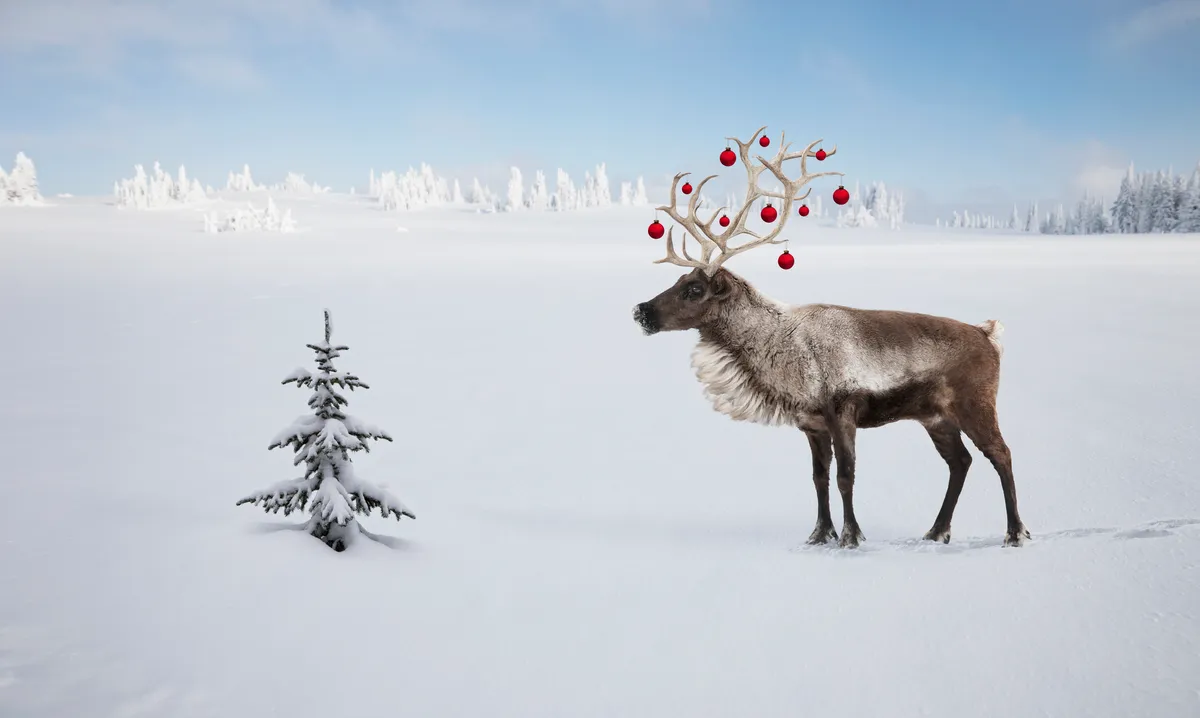
Whether you call him Santa Claus, Father Christmas or St Nicholas, he’s known for travelling in a sleigh pulled by reindeer, and he’s not the only person to travel this way. The Sami people of Lapland, which encompasses parts of Norway, Finland, Sweden and Russia, use reindeers to pull their sleds. There are two types of sled; pulka, which are small sleds for transporting a person, child or goods, or an ahkio for larger amounts of luggage.
Santa Claus is also associated with the Coca-Cola company, who claim to have influenced his modern appearance after asking a Swedish artist to give him a makeover in 1931 for a Christmas advertising campaign.
There is a strong association between antlers and Christmas – they were often used for decoration and in dances. The Abbots Bromley Horn Dance in Staffordshire dates back to at least 1226. It is currently held in early September, but may have originally taken place at Christmas. The dancers carry six sets of 1,000-year-old reindeer antlers.
Rudolf the Red-Nosed Reindeer was written in 1939 by Robert L May to promote a chain of department stores. It’s been suggested that Rudolph’s inflamed red nose was down to a parasitic infection.
Saami sleighs (pulka) are normally pulled by castrated bulls, which are more docile. The fact that Santa’s sleigh is drawn by a reindeer with antlers suggests that Rudolph is also a castrated bull (they keep their antlers for longer) or female.
Main image © Dmitry Chulov / Getty
